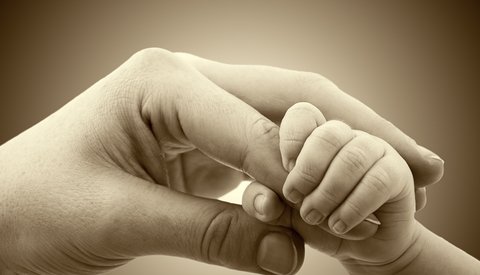Children who begin their lives with compromised and disrupted attachment (associated with prenatal drug and alcohol exposure, neglect of physical and emotional needs, abuse, violence, multiple caregivers) are at risk of serious
problems as development unfolds, including:
• low self-esteem
• being needy, clingy, or psuedoindependent
• decompensating when faced with stress and adversity
• lacking self-control; being biologically and behaviorally dysregulated
• inability to develop and maintain friendships
• alienation from and oppositional with parents, caregivers, and other
authority figures
• antisocial attitudes and behaviors
• aggression and violence
• difficulty with genuine trust, intimacy, and affection
• negative, hopeless, and pessimistic view of self, family, and society
• lacking empathy, compassion, remorse, and prosocial morality
• behavior and academic problems at school
• perpetuating the cycle of maltreatment and attachment disorder in
their own children when they reach adulthood
• being incapable of secure adult-to-adult attachment relationships when older.
Disrupted and anxious attachment not only leads to emotional and social problems, but also results in biochemical consequences in the developing brain. Infants raised without love and security have abnormally high
levels of stress hormones, which can impair the growth and development of their brains. The neurobiological consequences of emotional neglect can leave children behaviorally disordered, depressed, apathetic, slow to learn, and prone to chronic illness. Compared to securely attached children, children with attachment disorder are significantly more likely to be aggressive, disruptive, and antisocial.
Attachment disorder is often transmitted intergenerationally. Children lacking secure attachments with caregivers commonly grow up to be parents who are incapable of establishing this crucial foundation with their own children.
Instead of following the instinct to protect, nurture, and love their children, they are at-risk to abuse, neglect, and abandon. There is a “pyramid effect;” with each generation there is a multifold increase in the number of children with attachment disorder.
Compromised attachment early in life can not only lead to aggression and antisocial acting out, but also has contributed to the current overwhelmed state of our foster care system. Over the past generation, the number of children with severe attachment disorders in out-of-home placements has increased, while the number of foster parents had decreased. Child protective services removes many children from violent, substance abusing, and maltreating birth parents, and places them in foster homes. However, due to the lack of proper diagnosis, effective treatment, and inadequate training and support of foster parents, large numbers of children with attachment disorders are moved aimlessly through the system, their problems increasing in severity with each move.
Many of these children are eventually adopted by well-meaning parents who are often not prepared to handle the children’s severe emotional and behavioral problems. Such children can be unable to give and receive love and affection, defy parental rules and authority, are physically and emotionally abusive to caregivers and siblings, and create ongoing stress and turmoil in the family. As a result of insufficient preplacement services (education, training, support, matching) and postplacement services (individual and family therapy, parent education, support), family members and marriages suffer. Traumatized parents may relinquish, shifting the child and his or her problems back to the child welfare system. Others place their children in long-term institutions that drain financial resources and often fail to address the child’s attachment difficulties. Many parents choose to maintain the child in their family, which may result in years of ongoing stress, neglect of the needs of their other children, and prolonging parenting responsibilities well into their child’s adult years.
Many parents choose to adopt children internationally; over 216,000 children were adopted from outside the United States from 1998 to 2008. Often these children experienced early interpersonal trauma, in additional to being institutionalized (i.e orphanages), and display impairments in attachment, self-regulation, neurobiology, behavior, cognitive functioning, and morality. In our treatment programs we observe the devastating effects of ongoing stress and conflict—the traumatized adoptive family. These family systems are characterized by an emotional climate of stress, anger, frustration, and despair. There is hope with effective help, education, and support. Therapy must involve trauma and attachment-focused interventions, parent training, help for marital and co-parenting relationships, family therapy, and support from social service and school systems.



My adopted granddaughter was prenatally drug-exposed and seems to suffer many of the signs of disrupted attachment. I am eager to learn everything I can about this in order to support my daughter in her parenting.
Carolyn, See our website and books for more information: http://www.evergreenpsychotherapycenter.com